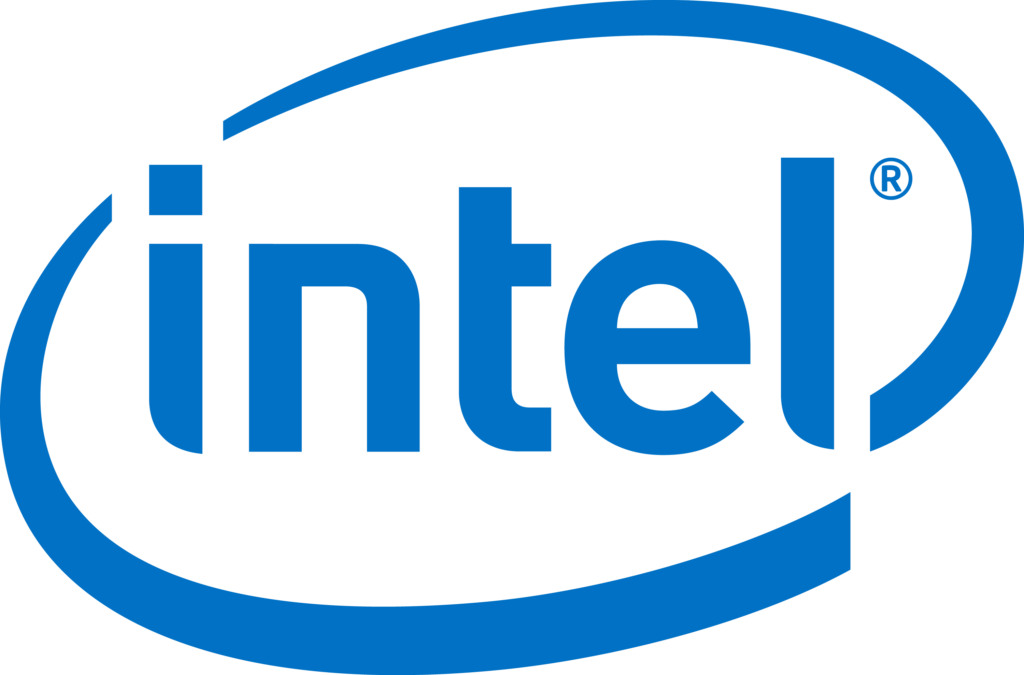The Consumer Electronics Show (CES) inspires highly optimistic, often wildly incongruous predictions by tech vendors hoping to win big in the coming year. However, some companies build such a remarkable track record of market successes that when they talk, people listen, even when those efforts include ventures into new technologies and still emerging markets.
The line-up of new, refreshed and entirely unique endpoint devices that Dell previewed and launched last week at CES 2017 in Las Vegas provide great example of that dynamic. Here are a few of the high points:
- XPS 13 2-in-1, the world’s smallest 13-inch 2-in-1 is designed to appeal to both consumers and business pros.
- XPS 27 AIOandPrecision 5720All-in-Ones (AIOs)are designed to deliver the best sound quality of any all-in-one PC with new Waves MaxxAudio features. The new AIOs provide great experiences both for people watching movies or listening to music on their devices, and creators building great audio and video offerings.
- The new Dell UltraSharp 32 Ultra HD 8K Monitor is the market’s first 32-inch 8K resolution display, making it a potentially valuable tool for professionals in photo and video editing, medicine and diagnostic research.
- Dell Precision 7720 Mobile Workstation is the company’s most powerful workstation and the first designed specifically for VR content creation.
- Dell Canvas is designed to enable creators, including developers and designers across visual and audio, industrial design and engineering to naturally build and interact with content by using “totem” instruments, pen and touch.
Seven Dell products received honors at the CES Innovation Awards, including the Alienware 17, XPS 13 2-in-1, 27 Ultrathin Monitor S2718D, XPS 27 All-in-One, Dell Canvas, Latitude 5285 2-in-1, and Premier Wireless Keyboard and Mouse KM717.
Final analysis
Dell’s CES announcements were particularly interesting in highlighting the continuing blurring of lines between home and workplace. The company isn’t alone in focusing on this issue. In fact, other major PC/client vendors, including Lenovo, HP, and Samsung all used the show to highlight new offerings for consumer and/or professional use.
In part, those efforts were practically inspired since Intel’s latest innovations, including its new “Kaby Lake” 7th generation Core CPUs, and Thunderbolt 3 interconnect were also launched at CES. As they usually do, PC OEMs initially leverage latest/greatest component technologies in high end/high margin gaming PCs, workstations and executive notebooks. That is exactly what happened last week.
But the narrowing of the lines between consumer and workplace products has become remarkably slender. That’s due to synergies between specific home and office applications, like the similarities between high end gaming PCs and workstations. With PC games leveraging increasingly sophisticated graphics, differences between consumer and professional graphics platforms are becoming nil.
Users also contribute to this dynamic by showing strong preferences for endpoints that can be used seamlessly at home or work. Vendors initially responded to this with notebooks that supported both workplace applications and consumer use cases, along with highly enhanced battery life. Over time, their efforts have resulted in endpoints of every sort and price point sporting components, capabilities and features once reserved for luxury products.
However, at CES 2017 Dell clearly showed that higher-end innovation is still alive and well. The new XPS 13 2-in-1 and XPS 27 AIO expand both the XPS portfolio and the limits of 2-in-1 and AIO form factors in ways that discerning consumers and business people will appreciate. It’s also worth noting the design and development synergies Dell utilized to deliver home (XPS) and professional (Precision) versions of the same orm factor.
For example, both AIOs are similar in size and offer the same Waves MaxxAudio sound components, and 27 inch Ultra HD (3840 X 2160) Infinity Edge and capacitive touch displays. However, the XPS 27 AIO utilizes 6th gen Intel Core i5 and i7 processors and optional AMD R9 GPUs. In contrast, the Precision 5720 AIO offers beefier computational 7th gen Intel Core i5 and i7, and Xeon E3 1200 CPUs, as well as AMD Radeon Pro GPUs.
The Precision 5720 also supports other professional-grade functions and options, such as larger, more flexible storage solutions, powerful communications features and options, and Dell’s full lines of enterprise-class security, systems management and support offerings.
Dell’s new UltraSharp 32 Ultra HD 8K Monitor and Precision 7720 Mobile Workstation are aimed at professional markets that, in some cases, are still in early stages. The former is designed for creating or reproducing the highest imaginable quality computer graphics. That should appeal to professional photographers and video editors.
The UltraSharp 32 will also be valuable for healthcare applications requiring top flight visualization, like diagnosing CT and PET scans and other digital radiological images. The Precision 7720 Mobile Workstation is designed to address two specific issues for graphics professionals: 1) the increasing demand for creating virtual reality (VR) content, and 2) the ability to be fully mobile, no matter what the graphics requirements of your job may be.
Finally, the Dell Canvas 27-inch QHD touch display offers the company’s radical take on workplace user interface evolution. Along with its striking form factor and tools, the Canvas can work in combination with nearly any Windows 10 PC which should make it easier for businesses and artists to afford, adopt and bring into creative processes. Additionally, impressive ISVs, including Adobe, AVID, Autodesk, Cakewalk, Dassault, Microsoft, Silicon Bender, SolidWorks and Stardock are developing Canvas applications.
Most important of all, the Dell Canvas is a stakeholder for what comes next in the workplace and how people interact with endpoint devices. Touch-enablement has opened the door to new endpoint input devices, like Canvas Totems, and end user interactions. But the Canvas also offers a glimpse of Dell’s vision of the future—one populated with a broadening range of innovative company solutions.
Overall, the Dell offerings announced at CES 2017 highlight the vision of a vendor intent on fulfilling the current and future needs of its consumer and business customers, including the circumstances where those discrete requirements overlap. From what Dell delivered at CES, its solutions should satisfy customers no matter where or when they work and play.
- Dell Concept Luna – Inspiring Sustainable Innovations with Circular Design - December 21, 2023
- AI Alliance: IBM, Meta, Dell and 50+ Founding Partners Pursue Open, Transparent and Safe AI Innovation - December 13, 2023
- Dell Technologies: Creative Partnering = GenAI Innovation - November 30, 2023



